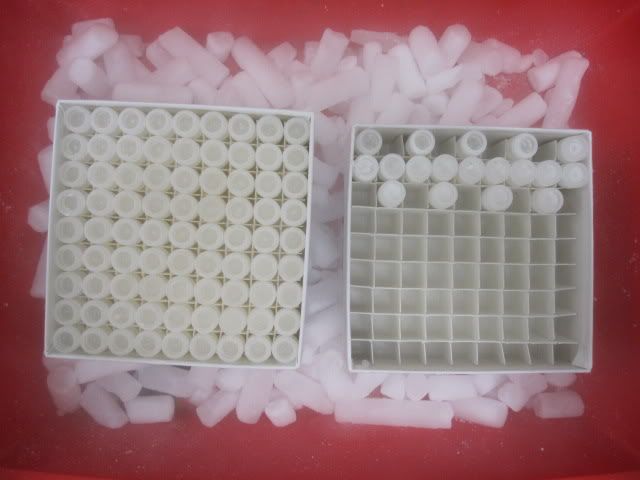No. You will still get mutations in asexual reproduction and a single yeast can still mess things up on its own. But as with humans, once you introduce sex into the equation, there's just a whole lot more ways for things to go wrong...
Personally I'd say you're using mutation in too broad a sense. Yes you can say that any change in DNA is a mutation, but you're really talking about two very different things, the kind of point mutation that might happen from an error in DNA replication or a skin cell getting zapped by UV light to cause skin cancer, and the kind of large scale DNA translocations that happen during sex as chromosomes recombine. They both end up with permanent changes to the DNA, but they're rather different processes.
The great thing about sex is that you can thoroughly jumble up genes and have children that have very different characteristics to their parents. If you're not having sex (which is generally the case for brewing yeast) then you're confined to much smaller changes between generations due to eg getting zapped by UV, nasty chemicals or mistakes in DNA replication (on their own, you would expect the DNA polymerases to make about 1000 mistakes each time a yeast genome was replicated, but error correction mechanisms push that down to no more than 1 mistake per replication, and in some circumstances down to 1 mistake per 250 replications). So the chances of a mutation hitting something vital is pretty low in any one yeast - but even a small vial has the results of 100 billion replications. And whereas in women only a tiny fraction of the cells that could mutate are involved in making the next generation, in yeast every single cell in that vial is viable and could pass on its genes to the next generation.
So mutation is a real problem in yeast. Some brewers just live with it - some of the family brewers in the UK have multistrains that they have been repitching for thousands of generations, the different components take a while to settle down but then they reach a fairly stable equilibrium - usually. But if you want "pure" WLP051 say then it's only going to behave similarly to the benchmark if you repitch it for mebbe 10 generations. Different yeast strains behave differently, some mutate very quickly, others are more stable, some "wobble" in and out of the sweet spot.
Personally, whenever I open a pack of new-to-me yeast, I streak out some on a plate, and pick a single colony to grow up for storage. Yes, that means I'm "using up" generation-time compared to storing direct from the pack, but at least I know I'm starting with a single genotype. That single genotype may have mutated away from the original - it almost certainly has - but at least I know it's "clean" and consistent from the point at which I start using it. It won't make me immune from eg some of the problems with diastaticus contamination that peope have had with commercial yeast, but it will make it a lot less likely.
Disclaimer: I have a couple of degrees in this stuff, albeit not directly with brewing yeast.


































![Craft A Brew - Safale S-04 Dry Yeast - Fermentis - English Ale Dry Yeast - For English and American Ales and Hard Apple Ciders - Ingredients for Home Brewing - Beer Making Supplies - [1 Pack]](https://m.media-amazon.com/images/I/41fVGNh6JfL._SL500_.jpg)
























